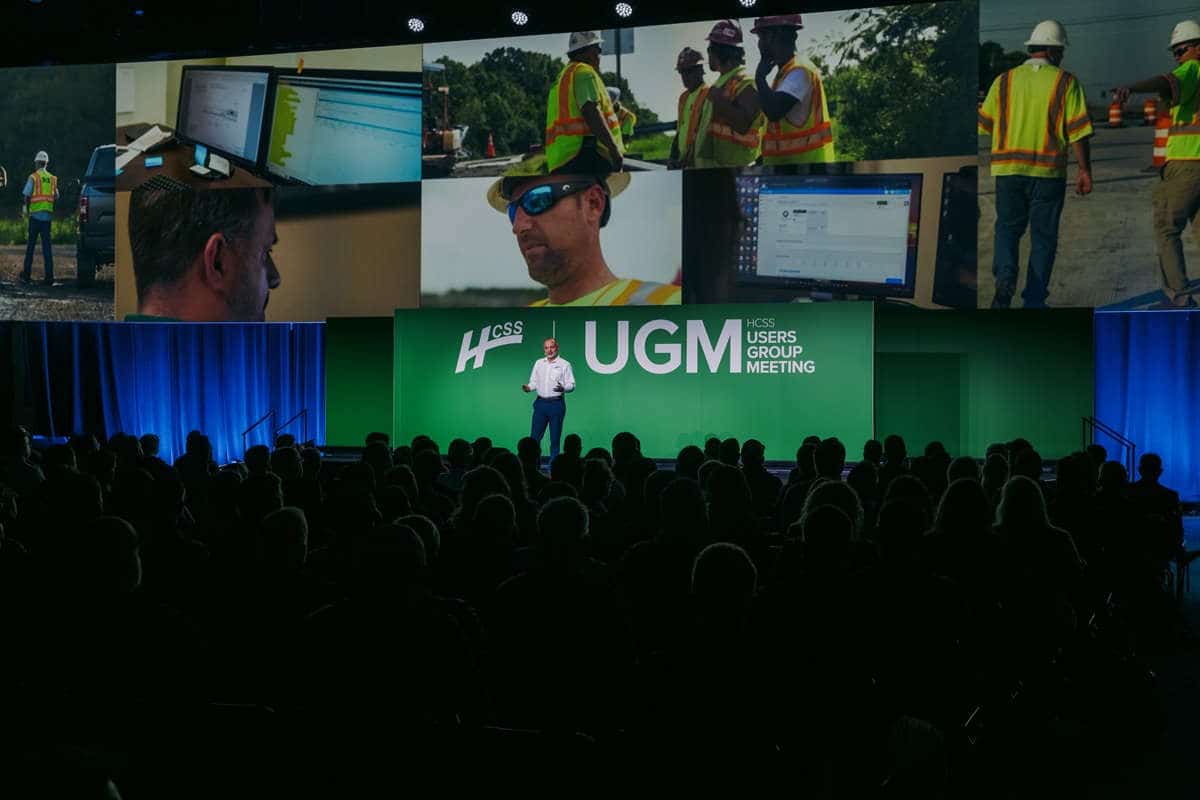Transforming Field Operations with FYLD
Data and AI are helping utilities manage their assets and people more effectively, essentially allowing them to do more with less, while maintaining the critical services they provide.
Utility Contractor recently spoke with Shelley Copsey, CEO of FYLD, to learn about the company and how it is helping to transform field operations in the infrastructure and utility sectors. Unlike traditional back-office-focused platforms, FYLD was developed with direct input from field workers to ensure ease of use and high engagement, resulting in real-time data collection that enables proactive management and improved safety.
Utility Contractor: Can you tell us a bit about your personal background and how FYLD came to be?
Shelley Copsey: I spent many years as a consultant in the infrastructure sector, focusing on mergers and acquisitions, and public-private partnerships. That role gave me insight into the industry’s challenges from a head office perspective—issues like contractual liabilities and asset value. Later, at Australia’s National Science Agency, I led the commercialization of research, much of it related to infrastructure and logistics. My journey took me to the UK about seven years ago, and five years ago I joined FYLD, a venture backed by Ontario Teachers’ Pension Plan, to commercialize and expand a new technology aimed at solving persistent problems in utility infrastructure. FYLD was built in response to the need for safer, more efficient field operations, leveraging advances in mobile devices and video communication.

UC: What sets FYLD apart from other companies in the field service management space?
Copsey: A lot of platforms in our sector are built for the back office, not the field worker. They’re often hard to use and don’t actually help field teams do their jobs. We took a different approach: we built FYLD with 750 field workers at Scotia Gas Networks, asking them what would make their jobs easier. Our focus was on usability for the field worker, considering challenges like improving communication and working in harsh conditions. The result was a high level of engagement—field workers use FYLD far more than required, and our customer satisfaction scores reflect that. Because we collect high-quality, real-time data, remote managers can immediately see where to focus their attention, fundamentally changing field operations from reactive to proactive.
UC: How does FYLD help prevent failures before they occur and improve repair prioritization?
Copsey: Traditionally, remote managers oversee dozens of crews, often relying on whoever shouts the loudest for attention. Information is scattered across calls, emails, and messages, making it hard to drive systemic change. FYLD captures this data systematically. Our algorithms analyze incoming field information in real time, flagging jobs that are likely to encounter problems so managers know exactly where to focus. This approach replaces guesswork with data-driven decisions, allowing issues to be addressed before they escalate, saving both time and money.
UC: How are predictive intelligence and real-time data benefiting the utility sector, especially for aging infrastructure?
Copsey: Aging infrastructure is a global challenge, and budgets are tight. Crews often waste time due to outdated information or being sent to sites with the wrong equipment. With real-time, data-driven systems like FYLD, we can predict and prevent these inefficiencies. For example, if a crew’s productivity drops, the system prompts them to explain why, helping managers quickly identify and address root causes. This targeted approach improves safety and efficiency, ensuring that limited resources are used where they’re most needed.
UC: Can you share some real-world examples of FYLD’s impact?
Copsey: Certainly. At Scotia Gas Networks, we identified 16,000 hours of standing time across 750 field workers in just 12 months, which is likely only half of the actual figure. By analyzing the root causes, such as site design or equipment delivery issues, they were able to save about £4.5 million by reducing non-productive time. In another case, Southern Water saw a 48% reduction in lost time injuries within a year of deploying FYLD, thanks to improved risk identification and real-time safety alerts. These are substantial, measurable impacts for our customers.
UC: The workforce is changing rapidly. How can technology like FYLD help companies do more with less?
Copsey: The industry faces a talent shortage due to retirements and people leaving during COVID. Attracting new talent means making the job safer and more appealing. Technology helps by capturing the knowledge of experienced workers before they retire and delivering just-in-time training to less experienced staff. For example, FYLD can provide quick tutorials on-site, enabling crews to handle unfamiliar tasks and making each worker more productive. This approach allows companies to maximize the productivity of their existing workforce and make the sector more attractive to new entrants.
UC: What value do industry associations bring to companies like FYLD?
Copsey: Associations play a crucial role in vetting new technologies and establishing legitimacy. The infrastructure sector is risk-averse for good reason—it’s responsible for critical national assets. Being involved with associations means our solutions are scrutinized and endorsed, which builds trust with potential customers and helps drive industry-wide improvements in safety and efficiency. Tags: FYLD




